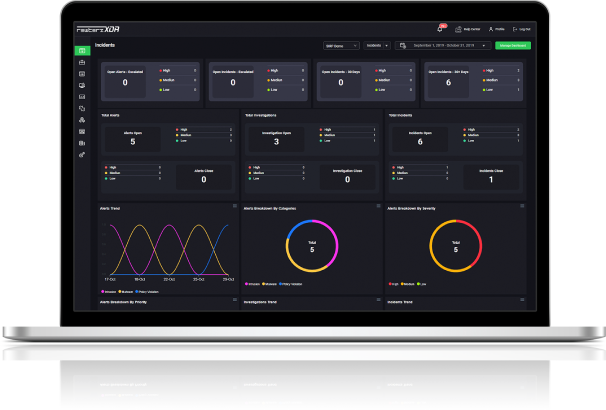

Rockwell ControlLogix RCE Vulnerability
August 18, 2025
Multiple Microsoft Products Vulnerabilities
August 18, 2025
Rockwell ControlLogix RCE Vulnerability
August 18, 2025
Multiple Microsoft Products Vulnerabilities
August 18, 2025Severity
High
Analysis Summary
A high-severity vulnerability, tracked as CVE-2025-53772, has been discovered in Microsoft’s Web Deploy 4.0 tool, posing significant security risks to organizations that rely on it for web application deployment and management. Disclosed on August 12, 2025, the flaw carries a CVSS score of high, highlighting its potential impact on system confidentiality, integrity, and availability. The root cause of the vulnerability lies in the deserialization of untrusted data, a weakness classified under CWE-502, which allows attackers to manipulate serialized objects and execute malicious payloads remotely. Although Microsoft’s exploitability assessment categorizes the flaw as “Exploitation Less Likely,” security experts emphasize the importance of immediate remediation due to the potential for remote code execution.
The vulnerability allows an authenticated attacker with low privileges to exploit affected systems through network-based attacks. By sending specially crafted malicious HTTP requests to servers running Web Deploy, attackers can trigger deserialization flaws and gain execution capabilities. Importantly, the attack requires no user interaction and carries low attack complexity, which means that once an attacker obtains valid credentials with minimal access rights, exploitation becomes straightforward. If successfully executed, adversaries could compromise Web Deploy servers, potentially enabling them to take control of applications, alter configurations, or disrupt business operations.
The CVSS 3.1 vector (AV:N/AC:L/PR:L/UI:N/S:U/C:H/I:H/A:H) reflects the remote, low-complexity nature of the attack and the high impact across all security pillars. Microsoft confirmed that, as of disclosure, the vulnerability had not been publicly exploited. However, the tool’s widespread use in enterprise web infrastructure increases the likelihood of exploitation attempts in the future, especially given the valuable system access that Web Deploy provides. Security researcher identified the vulnerability and reported it to Microsoft through coordinated disclosure, enabling the company to release a timely patch before widespread exploitation could occur.
To address the issue, Microsoft has released security update version 10.0.2001 for Web Deploy 4.0, which fixes the deserialization flaw and prevents exploitation. Organizations are strongly advised to apply the patch immediately via the Microsoft Download Center to secure their environments. In addition to patching, administrators should review access controls, restrict exposure of Web Deploy services, and closely monitor system logs for unusual activity. Microsoft’s Security Update Guide provides further remediation steps and best practices to reduce risks. Given the vulnerability’s potential to facilitate remote code execution with minimal attacker effort, swift action is essential to protect critical systems from compromise.
Impact
- Code Execution
- Gain Access
Indicators of Compromise
CVE
CVE-2025-53772
Affected Vendors
- Microsoft
Affected Products
- Microsoft Web Deploy 4.0
Remediation
- Apply Microsoft Web Deploy 4.0 security update version 10.0.2001 immediately to fix the deserialization flaw.
- Download and install the update from the Microsoft Download Center or via official update channels.
- Restrict access to Web Deploy services by limiting exposure to trusted networks only.
- Review and enforce least privilege access controls for accounts with Web Deploy permissions.
- Implement firewall rules to block unnecessary inbound connections to Web Deploy endpoints.
- Monitor system logs and network traffic for suspicious or unauthorized HTTP requests targeting Web Deploy.
- Regularly conduct security assessments and patch management reviews to ensure all deployment tools remain up to date.








